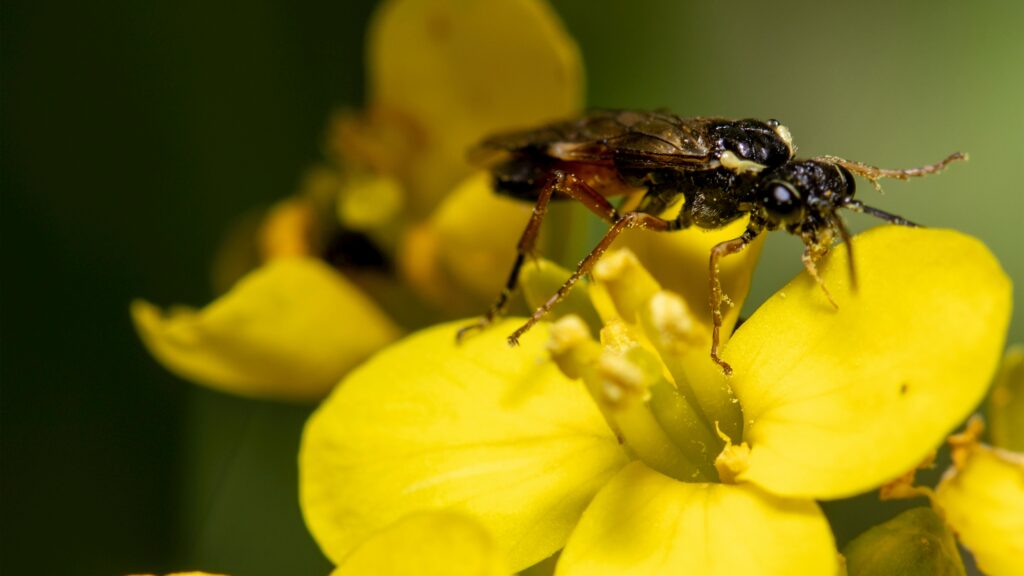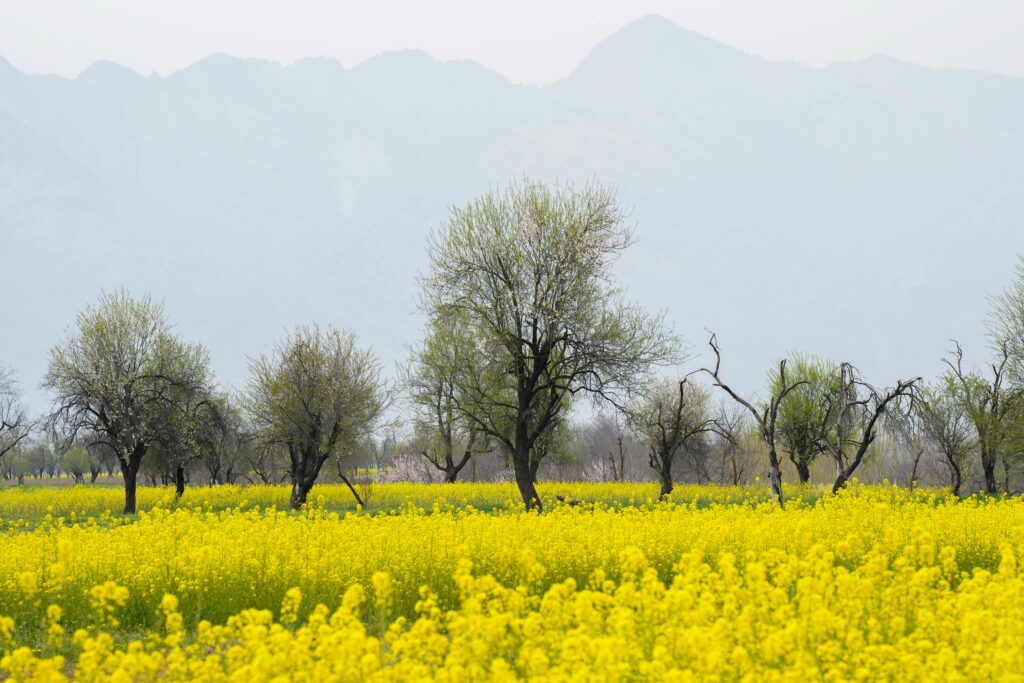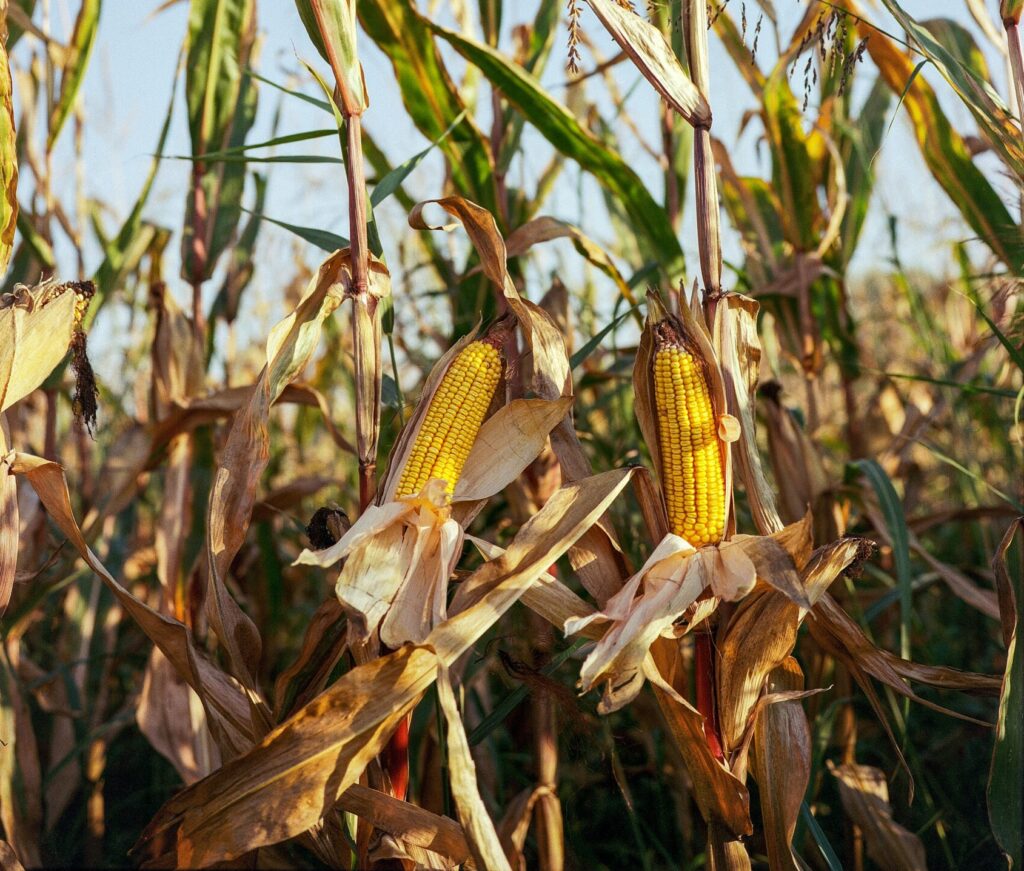Indoor plants can die for several reasons, often related to improper care or environmental factors. Here are some common reasons:
Overwatering: This is one of the most frequent causes. Overwatering can lead to root rot, a condition where the roots suffocate and decay due to excess moisture.
Underwatering: On the other hand, not providing enough water can cause the plant to dry out, leading to wilting and eventual death.
Poor Light Conditions: Plants need the right amount of light to photosynthesize. Too little light can cause slow growth, yellowing leaves, and a weakened plant. Conversely, too much direct sunlight can scorch the leaves.
Incorrect Temperature: Indoor plants can be sensitive to temperature extremes. Too cold, and they may suffer from stunted growth or leaf drop. Too hot, and they may dry out quickly or become stressed.
Improper Humidity: Many indoor plants, especially tropical ones, thrive in higher humidity levels. Low humidity can cause browning leaf tips, while excessive humidity can encourage fungal growth.
Pests and Diseases: Indoor plants can attract pests like spider mites, aphids, and mealybugs. Diseases like powdery mildew or root rot can also take hold if conditions are favorable.
Improper Soil or Potting: Using the wrong type of soil or pot can affect plant health. Soil that doesn’t drain well can cause water to pool at the roots, while compacted soil can restrict root growth.
Lack of Fertilization: Plants need nutrients to grow. Without regular feeding, they can become nutrient-deficient, leading to weak growth and poor health.
Pot Bound (Root Bound): If a plant outgrows its pot, the roots can become tangled and restricted, leading to poor water and nutrient absorption.
Neglect or Lack of Attention: Simply forgetting to water, fertilize, or check on your plants regularly can lead to their decline.
By addressing these common issues, you can help keep your indoor plants healthy and thriving.
















